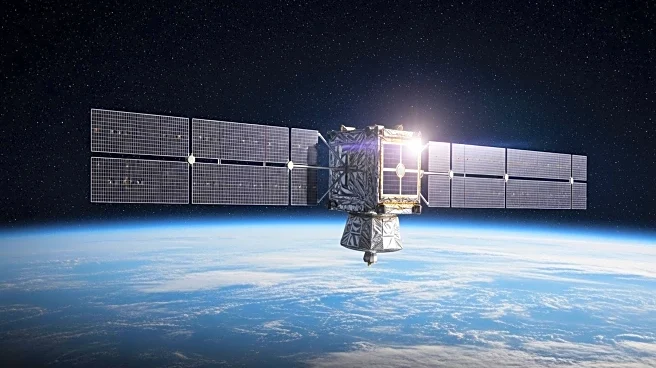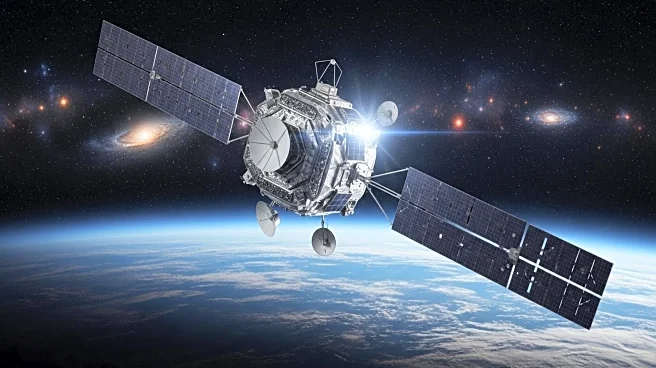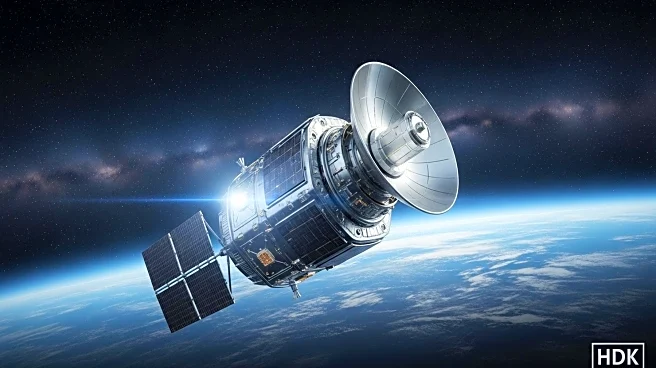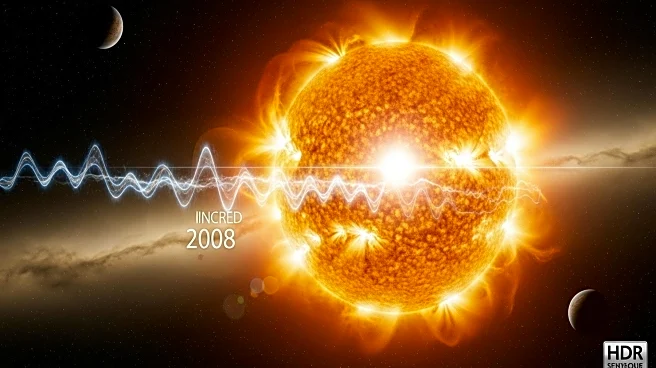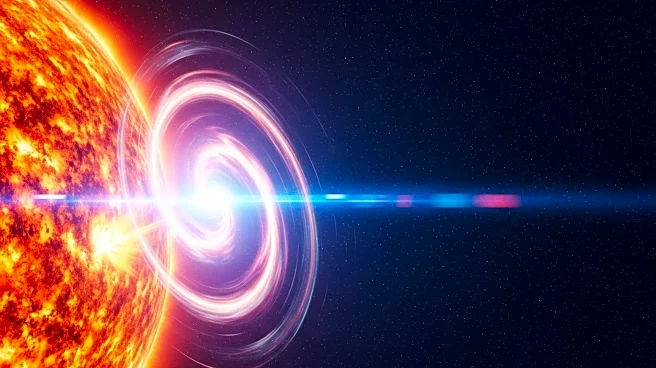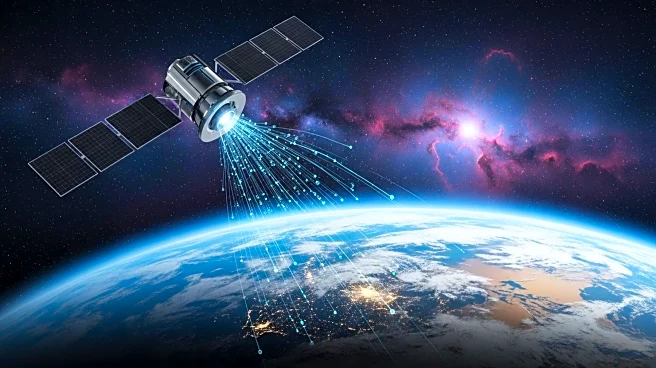What's Happening?
NASA has reported that the Sun has entered its most active period in recent history, following a prolonged phase of low activity. This new phase, identified through a study published in The Astrophysical Journal Letters, shows a steady increase in solar wind speed, density, and temperature since 2008. The Sun's magnetic field has also strengthened, indicating a departure from the typical 11-year solar activity cycles. This heightened solar activity can lead to stronger solar storms, which have the potential to disrupt satellite networks and electrical grids on Earth. The study highlights the importance of understanding these long-term solar cycles and their implications for our planet.
Why It's Important?
Increased solar activity poses significant risks to modern technology and infrastructure. Solar storms can compress Earth's magnetic shield, making it more susceptible to radiation and plasma flows. This can result in the destruction of satellite networks, disruptions in communication systems, and power grid failures. The heightened activity also poses risks to space missions, as solar weather phenomena can endanger astronauts and spacecraft. Understanding and predicting solar activity is crucial for mitigating these risks and ensuring the resilience of technological systems that are vital to daily life and economic stability.
What's Next?
NASA and other space agencies will continue to monitor solar activity closely, using data from satellites and observatories to track changes in the Sun's behavior. Efforts to improve predictive models of solar storms will be prioritized to enhance preparedness and response strategies. The scientific community will focus on understanding the underlying mechanisms of these extended solar cycles and their potential long-term impacts. Public awareness campaigns may be launched to educate people about the effects of solar activity and the importance of safeguarding critical infrastructure.

